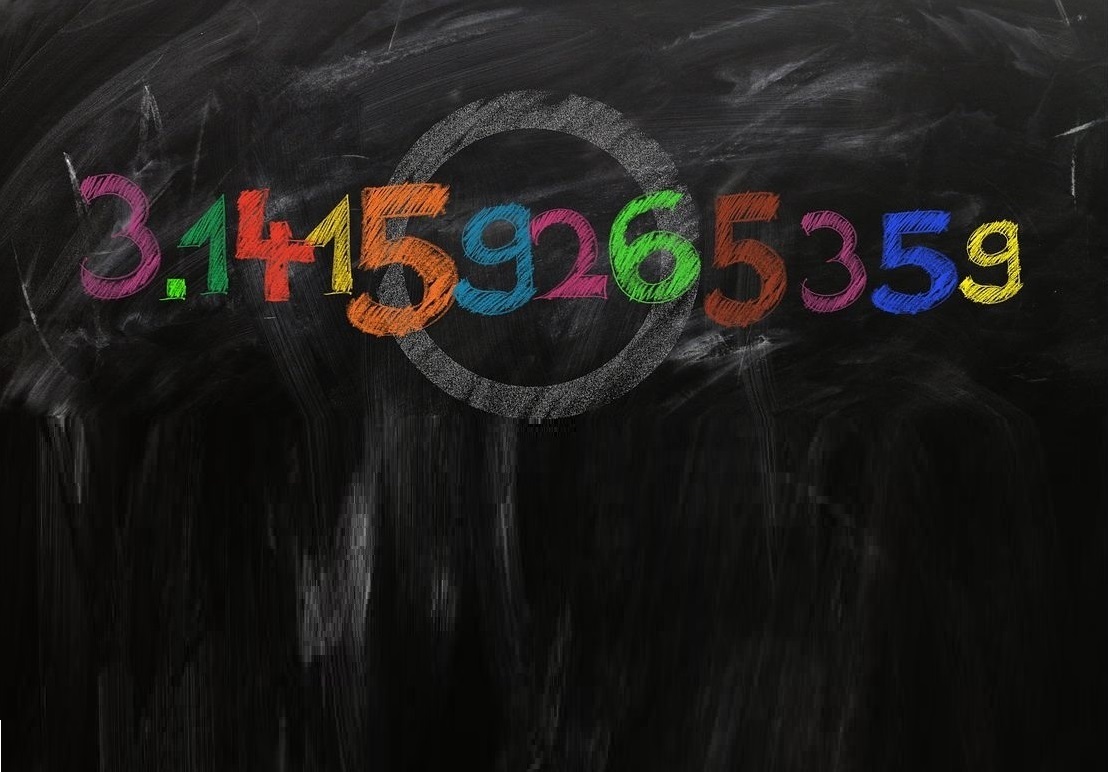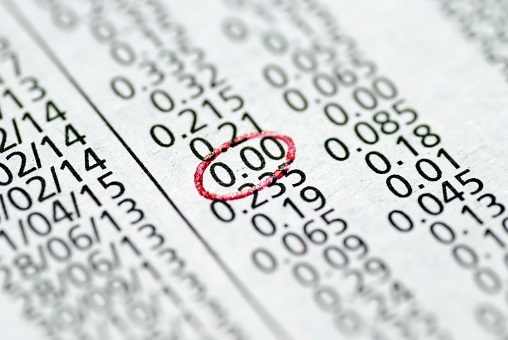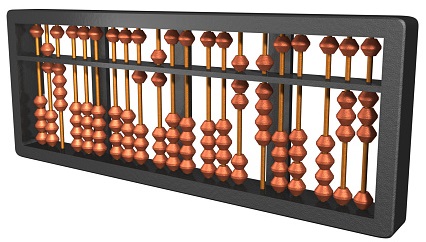


=
explanation:
To convert 7/8 into a decimal, divide 7 by 8.
The result of the division is 0.875

1. The term Fraction has its roots in the Latin word fractio, which denotes the act of "breaking"
something.
2. There are certain numbers, such as π, √2, and the golden ratio, that cannot be represented as a
fraction.
These numbers are known as "irrational" numbers.
3. When a fraction is represented in decimal form, its decimal expansion will either terminate at some
point
or have a repeating pattern.
For instance, 1/4 is equivalent to 0.25. On the other hand, the decimal expansion of an irrational
number is
infinite and non-repeating, meaning it continues indefinitely without any recurring pattern. For
example,
1/7 is equal to 0.142857142857142857... with the pattern repeating indefinitely.
For Mac users, The method of representing fractions in apps can vary depending on the app and the type of fractions.
For example, certain apps may offer unique characters for the most frequently used fractions, which can be located using the Emoji and special character viewer through Control+Command+Space and searching for "fraction"
This feature allows users to create symbols for fractions such as ½, ⅔, ⅗, and so on.
1. A fraction represented by a decimal of 0.875
2. A mathematical expression equivalent to the fraction represented as "7÷8"
3. The 7th Battalion, 8th Marines of the United States Marine Corps
4. A date corresponding to July 8th
5. A date corresponding to August 7th

To measure 7/8 cup
of an ingredient, fill a standard measuring cup seven-eighth of the way up.
Alternatively, you can combine half a cup with three tablespoons and three teaspoons.
This quantity roughly corresponds to twelve tablespoons of the ingredient, although this may
vary depending on the ingredient's density.

Fractions such as
14/16, 21/24, 28/32, and 35/40 can be simplified to 7/8.
This is because any fraction obtained by multiplying both the numerator and denominator of 7/8 by
the same number will be equivalent to 7/8.
87.5 is the result of calculating seven-eighth of 100.
Yes
Determine the highest common factor (HCF) of the numerator and
denominator of
the fraction.
Divide both the numerator and the denominator of the fraction by the HCF to simplify it.
Express the original fraction and the simplified fraction side by side.
Students are formally introduced to fractions in the third grade, which is when the mathematics curriculum includes the Number and Operations—Fractions domain.
The reason for simplifying fractions is the same across situations, which is to enhance communication and minimize confusion.
The representation of a value as one or
more
equal parts of a whole is called a fraction.
This mathematical concept is indicated by the symbol a/b, where a and b are integers
(excluding
zero).